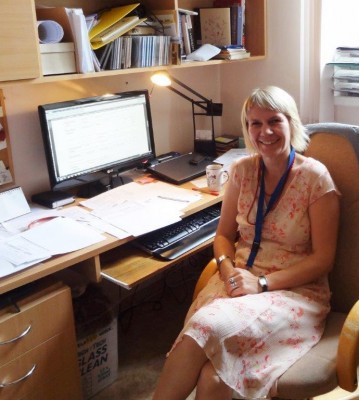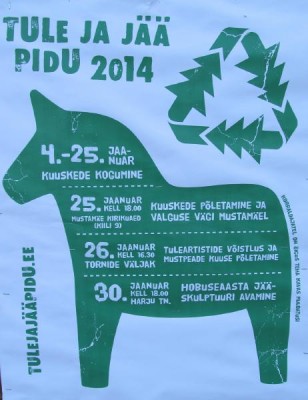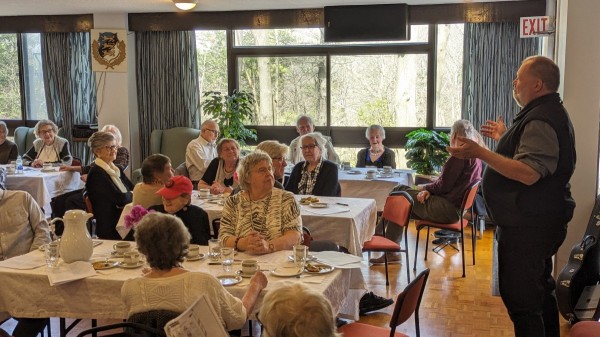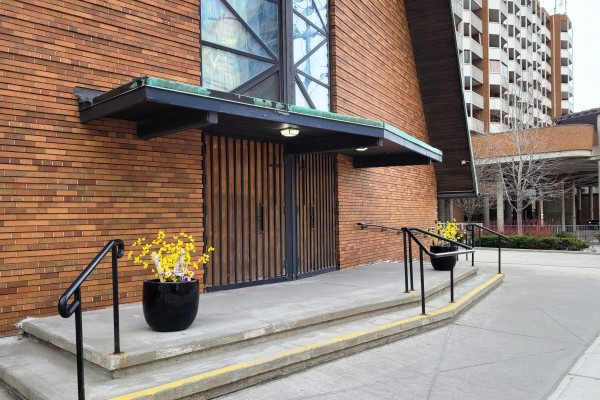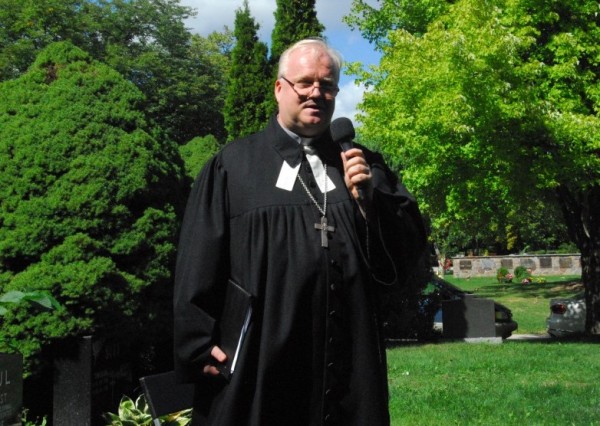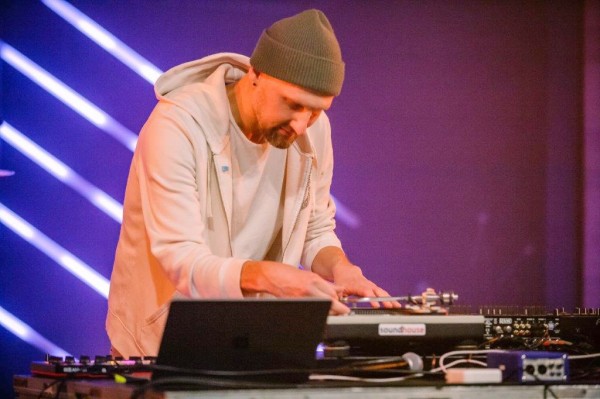
Suure põgenemise lood
Thoughts on the 96th Independence Day
Olümpiapäevik
Hobu, homonym [/b]
Eesti Rahva Muuseumi peavarahoidja Riina Reinvelt räägib intervjuus Kaarel Tarandile juunis Tartus avatavast näitusest, mis jutustab põgenike endi suu läbi suurest põgenemisest 1944. aasta sügisel.
[b]Miks peaks just nüüd rääkima 1944. aasta suurest põgenemisest?[/b]
Riina Reinvelt: Esiteks täitub sellest minekust tänavu 70 aastat, kuid see pole peamine. Ajaline distants on juba niisugune, et ega ühiskonnas ei pruugitagi neist sündmustest ja nende põhjustest üksikasjaliselt teada.
Näituse idee sündis tegelikult välitööde ajal, kui käisime meie video- ja filmistuudio juhataja Maido Selgmäega 2012. aastal Torontos ja New Yorgis ning mullu Stockholmis kogumas ja filmimas inimeste mälestusi perioodist 1939-1989. Tegelikult on otseallikatest selle perioodi algusaastate materjali saamiseks praegu viimane aeg, vahetult mäletavad 1944. aasta põgenemist need, kes toona olid lapsed. Järel on veel vaid väga üksikuid, kes läksid täiskasvanutena. Tähendab, kui ajaloosündmuse pealtnägijaid ja osavõtjaid enam alles pole, siis on tegu kauge ajalooga, mille meelde tuletamine ongi muuseumi töö.
[b]Mis välitööde saagiks kogunes?[/b]
Meil on nüüd ligi 40 videointervjuud, igaüks neist põhjalik, pikkusega 2-4 tundi. Nende formaat on elulooline jutustus, meile on olulised emotsionaalsed momendid, me ei ajanud eraldi faktitäpsust taga. Nüüd, kui tegu on filmitud juttudega, on näha ka rääkija, see, mida ta mõtleb ja tunneb, kui räägib neist kaugetest sündmustest. See on hoopis midagi muud, kui varem tehtud helisalvestused, kus küll on kvaliteetne sisu, kuid mis ei anna midagi silmale. Oluline on ka see, et me ei püüdnud inimesi intervjueerida range küsimustiku järgi, intervjueeritavad on ise olnud vabad otsustama, millest, millistes vahekordades ja rõhuasetustega rääkida. (Pikemalt Eesti Elu 21. veebruari paberlehes)
Thoughts on the 96th Independence Day
Laas Leivat
Immediately following the declaration of independence on February 24, 1918 Estonians were forced to prove themselves. With weapons in hand they won their actual freedom on the battlefield. The war of independence was not only the ultimate test of survival but also a war accompanied by misery, broken families and lost lives. But it also strengthened the faith of Estonians, in themselves, the future, and their choice for the future. It reinforced faith in the nation, personal responsibility and readiness to come to the defence of the country.
Estonians are not obsessed with vengeance. But Estonians are determined to live as an independent people, which, if necessary, must be defended militarily. It’s said that if Estonian resolve to stay free is clearly evident, if their ability to defend their country is credible, then the cost of challenging Estonia’s independence will be so prohibitive that Estonians may not have to defend it by fighting, weapons in hands.
While the above argument might not be compelling, one is convinced that a nation’s will is stronger than any weapon. Estonia’s prime guarantor of its independence is its citizenry that stands as one when considering independence. Estonians aren’t misled by rhetorical threats such as the one last August when Mikhail Aleksandrov stated that if the US attacks Syria, then the Russians should send troops into the Baltic States. It wasn’t because of its outrageousness that it attracted wide attention, but because it was utterly childish.
The repetition of Russian accusations against Estonia becomes a mantra of well-worn themes: Estonians’ tolerance of anti-Soviet war veterans’ yearly reunions as proof of the country’s idolization of fascism, Estonia’s constant attempts to revise World War II history, the discrimination against minorities. Moscow’s political personalities seem to issue statements of that ilk on a regular basis. Observers say that since the authors know they lack credibility for an international audience, they’re really meant for domestic consumption. (Pikemalt Eesti Elu 21. veebr. paberlehes või veebis)
Olümpiapäevik
Enn Hallik, Pärnu Postimees
Len Väljas naudib kõigele vaatamata olümpiat
Toronto suusamees Len Väljas on Sotši olümpial küll kaotanud parima eesti keelt rääkiva sportlase virtuaalse tiitli, aga ei lase end sellest ega loodetust tagasihoidlikumatest tulemustest heidutada ja naudib mängude elu ning melu koos teda toetama tulnud perekonnaga.
Lennyl on tõesti Sotšis kaasas nii vanemad, üsna suure tõenäosusega Kanadat Rio de Janeiro suveolümpial rannavõrkpallis esindav õde Kristina kui mägirattakrossi harrastav vend Austin. Nii võetakse olümpiast, eksootilisest Venemaast ja Musta mere äärsest kuurordist perekondlikult maksimum.
Väljas sõitis Sotšis vabatehnikasprinti, milles oli 36. ja Kanada 4 x 10 km murdmaasuusatamise teatemeeskonna avavahetust. Etapi lõpetas ta koos Eesti dressis Karel Tammjärvega, lõpp-protokollis oli kümnenda koha saanud Eesti meeskond Len Väljase Kanada nelikust mitu kohta ees.
Sportlastega vestlemise tsooni tulnud Väljase näol säras aga ikkagi naeratus, sest olümpia pole üksnes võistlus, see on ka suur spordiga seotud pidu. Len vabandas oma konarliku eesti keele pärast, sest mõtleb ju inglise keeles, aga tegi seda asjatult, sest ta keel on päris korralik.
„Olen siin Sotšis, nagu ka mu meeskonnakaaslased, tõbine olnud,“ põhjendas Väljas mitte just loodetud tulemusi. „Sprindi ajal oli enesetunne päris kehv, teatevõistluse ajal veidi parem, aga ka mitte terve mehe oma.“ (Pikemalt Eesti Elu 21. veebr. paberlehes)
Hobu, homonym
PHOTO: The annual FIRE AND ICE party in Tallinn, known for its fire sculptures, burning of Christmas trees (note the nifty tree recycling symbol) and ice sculptures, could also be interpreted as the COME AND STAY party. Such is the beauty of homonüümid or homonyms, words that share the same spelling and pronunciation but have different meanings. The various animal signs of the lunar calendar hail from Chinese culture, but do you recognize the profile of this particular green wooden horse? Photo: Riina Kindlam
This TULE JA JÄÄ party's events lasted throughout the month of jaanuar, starting with the collecting of jõulu/kuused (Christmas spruces), continuing with nende läitmine or setting them on fire, in a symbolic, ancient and moving way of course; then stepping up a notch with professional tule/artistid (fire performers) and culminating in the unveiling of the rohelise puu/hobuse jää/skulptuur (green wooden horse ice sculpture) in honour of Chinese New Year.
The jury seems to be out on whether this New Year’s wooden horse is roheline (green) or sinine (blue), even among Chinese sources. Some Estonian sources have called it the sini/roheline wooden horse, perhaps the perfect compromise.
The hobu here = hobune (horse); hobu for short. And the one on the poster is a classic Northern European tõug or breed, so-to-speak – the outline of a very distinct Swedish Dala horse, from that country's province of Dalarna, which has become one of the most widely known symbols of the entire country. So widely-known in fact, that even neighbours to the south-east are tempted to use it as the quintessential hobu. Although Estonia's own breed, the purebred old-type or (vana-) TORI hobune, is a similar broad- and deep-chested working horse… (Pikemalt Eesti Elu 21. veebruari paberlehes)








